The chief shows the cross of the House of Savoy to the right. Villefranche sur Mer was founded by Charles of Anjou in 1295 and given to Savoy after the dedication of the County of Nice in 1388. The carob tree symbolizes the frugality and the tenacity of the inhabitants (the carob tree yielding meager fruit but surviving the worst climatic upheavals.) (Heraldry of the World)
City: Villefranche-sur-Mer
Department: Alpes-Maritimes
Region: Provence-Alpes-Côte d'Azur
Country: France
My Commentary: Villefranche-sur-Mer is another of the historical areas of Côte d'Azur region, it has many old buildings and places to visit in an ambient that can take a person to the past while walking around.
Links:
Official Website of Villefranche-sur-Mer
Ville de Villefranche-sur-Mer on Facebook
Villefrance-sur-Mer at Provence & Beyond
Interesting Facts:
- Some scenes of the movie The Story of The Count of Monte Cristo were filmed in Villefranche-sur-Mer
- Villefranche-sur-Mer has seven monuments listed in the inventory of historical monuments and 160 places and monuments listed in the general inventory of cultural heritage, 66 items listed in the inventory of historical monuments 20 and 95 items listed in the general inventory of cultural heritage
- The bay (rade) of Villefranche is one of the deepest natural harbours of any port in the Mediterranean Sea and provides safe anchorage for large ships
- Before the Greeks and Romans, Celto-ligurian tribes roamed the area of nowadays Villefranche-sur-Mer and established farming communities on the surrounding hills
History of Villefranche-sur-Mer: The site of what is now Villefranche and surrounding Beaulieu-sur-Mer and Saint-Jean-Cap-Ferrat has been settled since prehistoric times. Celto-ligurian tribes roamed the area and established farming communities on the surrounding hills. The Greeks and later theRomans used the natural harbour as a stop-over en route to the Greek settlements around the Western Mediterranean. After the conquest of Gaul by Julius Caesar, the Romans built an extension of the Via Aurelia (Aurelian Way), which passed through the settlement of Montolivo.
By the fall of the Carolingian Empire, the area was part of Lotharingia and later part of the County of Provence. In 1295, Charles II, Duke of Anjou, then Count of Provence, enticed the inhabitants of Montolivo and surroundings to settle closer to the coastline in order to secure the area from pirates. By charter, he established Villefranche as a "free port", thus the name, granting tax privileges and port fee rights that lasted well into the 18th century.
By 1388, East Provence became part of the Duchy of Savoy as a result of the disputed succession to the heirless Queen Joan I of Naples. For the next 400 years, the area known as the County of Nice was hotly disputed between the Holy Roman Empire to which Savoy was an ally and the French.
In 1543, the Franco-Turkish armies sacked and occupied the city after the siege of Nice, prompting Duke Emmanuel Philibert to secure the site by building an impressive citadel and a fort on nearby Mont Alban. In the late 17th century, the area fell to the French but was returned to Savoy after the Peace of Utrecht.
During the 18th century, the city lost some of its maritime importance to the new harbour being built in Nice but remained a military and naval base. In 1744, a Franco-Spanish army under the Prince of Conti overran the Piedmontese regiments of Charles Emmanuel III of Sardinia at the Fort of Mont Alban in the heights above the town.
In 1793, the French returned to re-occupy Villefranche and the county of Nice remained part of the Napoleonic Empire until 1814. It was returned to the Kingdom of Sardinia by the Congress of Vienna.
In 1860, as a consequence of the Risorgimento, it was given to France by treaty following a plebiscite.
By the late 19th century it had become an important Russian Navy base and the Russians established an oceanographic laboratory in the old lazaret.
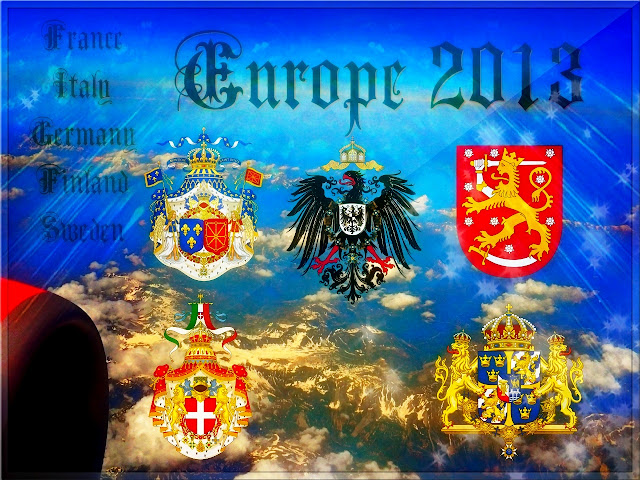
 My Commentary: I enjoyed a lot walking through the streets of the historical part of the city, many buildings there are from the Roman period and apart of that, as for all the region, we can walk along the blue sea and eat good food.
My Commentary: I enjoyed a lot walking through the streets of the historical part of the city, many buildings there are from the Roman period and apart of that, as for all the region, we can walk along the blue sea and eat good food.
Welcome Hotel
La Serre
My Commentary: Villefranche-sur-Mer is another of the historical areas of Côte d'Azur region, it has many old buildings and places to visit in an ambient that can take a person to the past while walking around.
Links:
Official Website of Villefranche-sur-Mer
Ville de Villefranche-sur-Mer on Facebook
Villefrance-sur-Mer at Provence & Beyond
Interesting Facts:
- Some scenes of the movie The Story of The Count of Monte Cristo were filmed in Villefranche-sur-Mer
- Villefranche-sur-Mer has seven monuments listed in the inventory of historical monuments and 160 places and monuments listed in the general inventory of cultural heritage, 66 items listed in the inventory of historical monuments 20 and 95 items listed in the general inventory of cultural heritage
- The bay (rade) of Villefranche is one of the deepest natural harbours of any port in the Mediterranean Sea and provides safe anchorage for large ships
- Before the Greeks and Romans, Celto-ligurian tribes roamed the area of nowadays Villefranche-sur-Mer and established farming communities on the surrounding hills
History of Villefranche-sur-Mer: The site of what is now Villefranche and surrounding Beaulieu-sur-Mer and Saint-Jean-Cap-Ferrat has been settled since prehistoric times. Celto-ligurian tribes roamed the area and established farming communities on the surrounding hills. The Greeks and later theRomans used the natural harbour as a stop-over en route to the Greek settlements around the Western Mediterranean. After the conquest of Gaul by Julius Caesar, the Romans built an extension of the Via Aurelia (Aurelian Way), which passed through the settlement of Montolivo.
By the fall of the Carolingian Empire, the area was part of Lotharingia and later part of the County of Provence. In 1295, Charles II, Duke of Anjou, then Count of Provence, enticed the inhabitants of Montolivo and surroundings to settle closer to the coastline in order to secure the area from pirates. By charter, he established Villefranche as a "free port", thus the name, granting tax privileges and port fee rights that lasted well into the 18th century.
By 1388, East Provence became part of the Duchy of Savoy as a result of the disputed succession to the heirless Queen Joan I of Naples. For the next 400 years, the area known as the County of Nice was hotly disputed between the Holy Roman Empire to which Savoy was an ally and the French.
In 1543, the Franco-Turkish armies sacked and occupied the city after the siege of Nice, prompting Duke Emmanuel Philibert to secure the site by building an impressive citadel and a fort on nearby Mont Alban. In the late 17th century, the area fell to the French but was returned to Savoy after the Peace of Utrecht.
During the 18th century, the city lost some of its maritime importance to the new harbour being built in Nice but remained a military and naval base. In 1744, a Franco-Spanish army under the Prince of Conti overran the Piedmontese regiments of Charles Emmanuel III of Sardinia at the Fort of Mont Alban in the heights above the town.
In 1793, the French returned to re-occupy Villefranche and the county of Nice remained part of the Napoleonic Empire until 1814. It was returned to the Kingdom of Sardinia by the Congress of Vienna.
In 1860, as a consequence of the Risorgimento, it was given to France by treaty following a plebiscite.
By the late 19th century it had become an important Russian Navy base and the Russians established an oceanographic laboratory in the old lazaret.
My Photos in Villefranche-sur-Mer
Part of: Europe 2013 series

 My Commentary: I enjoyed a lot walking through the streets of the historical part of the city, many buildings there are from the Roman period and apart of that, as for all the region, we can walk along the blue sea and eat good food.
My Commentary: I enjoyed a lot walking through the streets of the historical part of the city, many buildings there are from the Roman period and apart of that, as for all the region, we can walk along the blue sea and eat good food.
Portal de Robert - 1ere Porte de Villefranche - The oldest entrance for the place 14th century
Portal de Robert - 1ere Porte de Villefranche - The oldest entrance for the place 14th century
Working as monitor of Portal de Robert
Vieille Ville de Villefranche-sur-Mer
Welcome Hotel and Chapelle Saint-Pierre
Welcome Hotel
La Serre







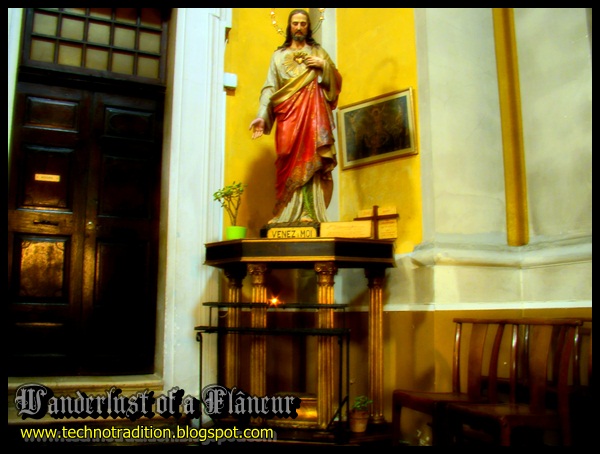
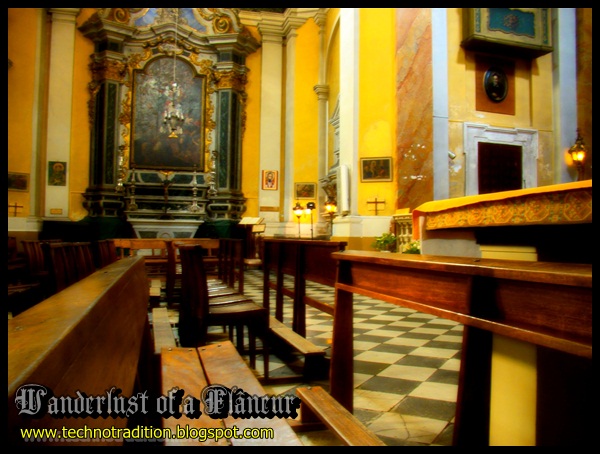

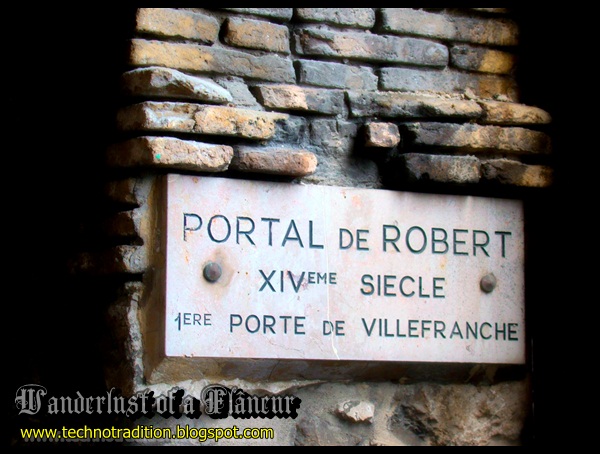

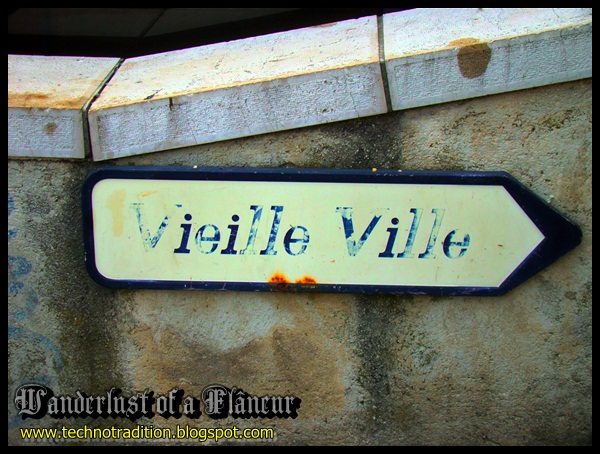









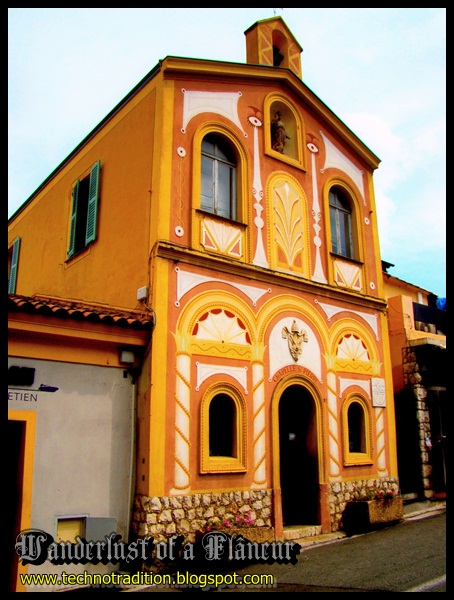
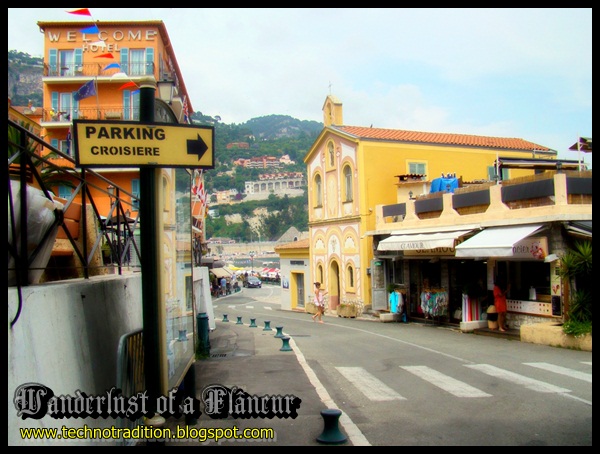

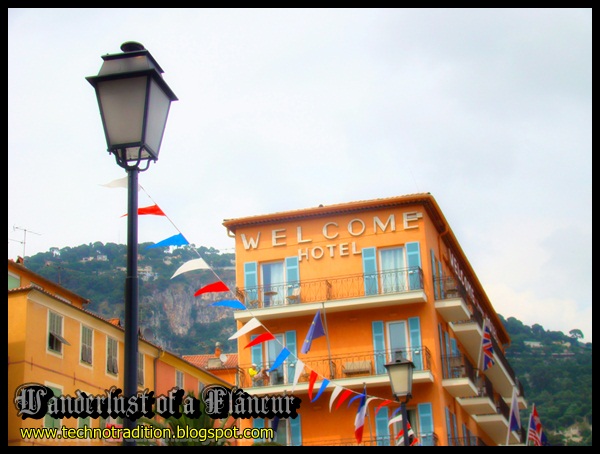





ReplyDeleteGo and Watch the Turkish Drama Series of Engin Altan's "Barbarosslar" in Urdu only on our youtube channel "My Kids Tube".
Please subscribe and Stay Tuned!
https://www.youtube.com/watch?v=GNsmw99se8A
https://www.youtube.com/watch?v=byGJN5eHWH4
ReplyDeleteComment: Go and Watch the Latest Episode of Kurulus Osman Season 3 in Urdu. Only on our youtube channel.